NOBEL PRIZE WINNER JAMES PEEBLES: “WHY I REINVENTED SPACE AND TIME”
All About Space
|Issue 109
All About Space chats to the 2019 Nobel laureate in physics about his involvement in many groundbreaking discoveries and how our theories have evolved since he first began studying the universe

It takes a brilliant mind to imagine what the universe was like from its inception and try and model it over roughly 14 billion years. How have you been able to attempt this and be so confident in your results?
You should bear in mind that people were talking about this expansion of the universe from what used to be called a ‘primaeval atom’ since the 1930s. There was nothing new in this concept. It was not imagination so much; it was just inertia. People had no other ideas. What’s happened since then is an accumulation of an enormous amount of experimental evidence.
The Big Bang theory is widely accepted now, even by the general public. How was the theory received when you first came into the field of cosmology? Was it as widely accepted then as it is today?
Oh, no. It was widely known in the physics community. I think you could say it was not taken very seriously. It was doubted and not believed. Instead it was an idea that had very little basis in hard empirical evidence.
What can you tell us about your part in the discovery of the cosmic microwave background?
Let’s just consider the situation after World War II; there was an immense release of energy in science and technology. It gave us automobiles and it gave us particle accelerators. I guess it was natural that scientists turned to cosmology. The idea of an early, dense universe expanding into the present state was around, as I said, since the late 1920s and early 1930s.
Cette histoire est tirée de l'édition Issue 109 de All About Space.
Abonnez-vous à Magzter GOLD pour accéder à des milliers d'histoires premium sélectionnées et à plus de 9 000 magazines et journaux.
Déjà abonné ? Se connecter
PLUS D'HISTOIRES DE All About Space
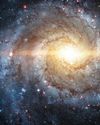
All About Space UK
MYSTERIES OF THE UNI WHERE ARE ALL THE SPIRAL GALAXIES?
There are far fewer spiral galaxies than elliptical ones in the Supergalactic Plane, and scientists are keen to discover why
7 mins
Issue 161
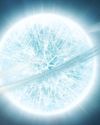
All About Space UK
ZOMBIE STARS
+10 OTHER TERRIFYING SPACE OBJECTS
8 mins
Issue 161

All About Space UK
HOW TO BEAT LIGHT POLLUTION
Thought it was impossible to observe the wonders of the night sky from towns and cities? Think again. Follow our tips and tricks on successfully observing through sky glow
2 mins
Issue 161
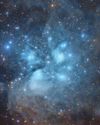
All About Space UK
15 STUNNING STAR CLUSTERS
These beautiful stellar groupings are spattered across the cosmos
8 mins
Issue 161
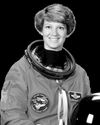
All About Space UK
Eileen Collins "It was a difficult mission...we were the first to see Mir"
Having served as both the first female pilot and first female commander of NASA's Space Shuttle, Collins boosted the involvement of women in space exploration to a whole new level
9 mins
Issue 161

All About Space UK
MARS LEAKS FASTER WHEN IT'S CLOSER TO THE SUN
The Red Planet has lost enough water to space to form a global ocean hundreds of kilometres deep
2 mins
Issue 161
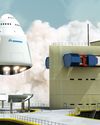
All About Space UK
FUTURE TECH KANKOH-MARU
This ambitious reusable spacecraft will be capable of taking 50 people to and from orbit
2 mins
Issue 161

All About Space UK
THE FINAL FRONTIER
Beyond the reach of the Sun is a fascinating region of the cosmos that were only just beginning to explore
8 mins
Issue 161
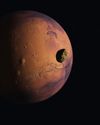
All About Space UK
A long-lost moon could explain Mars' weird shape and extreme terrain
A long-lost moon could explain why Mars is so different from the other rocky planets in the Solar System. Today Mars has two tiny moons.
2 mins
Issue 161
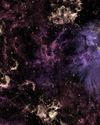
All About Space UK
A sprinkling of cosmic dust may have helped kick-start life on Earth
Cosmic dust may have helped kick-start life on Earth. New findings challenge a widely held assumption that this wasn't a plausible explanation.
3 mins
Issue 161
Translate
Change font size

